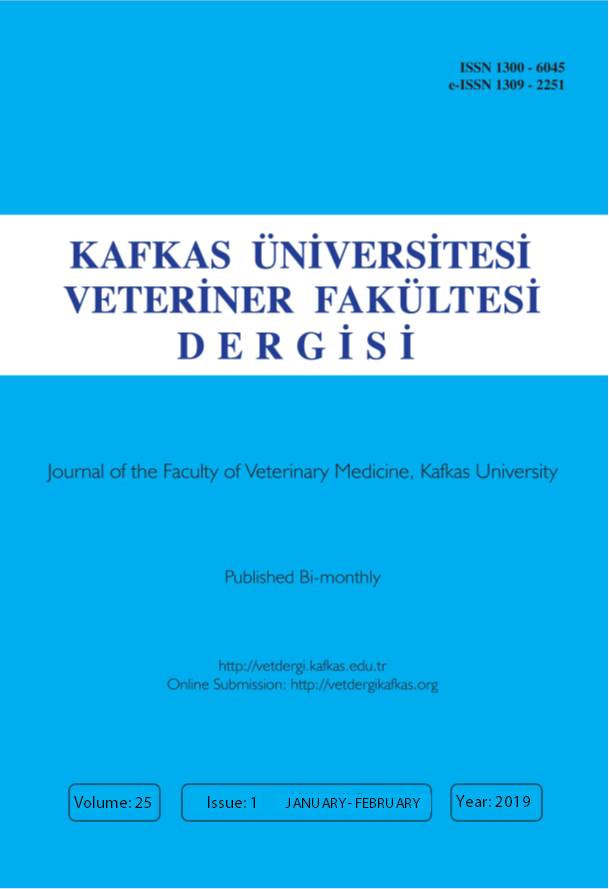
This journal is licensed under a Creative Commons Attribution-NonCommercial 4.0 International License
Kafkas Üniversitesi Veteriner Fakültesi Dergisi
2019 , Vol 25 , Issue 1
Performances, Ileal and Cecal Microbial Populations and Histological Characteristics in Broilers Fed Diets Supplemented with Lignocellulose
1Department of Nutrition and Botany, Faculty of Veterinary Medicine, University of Belgrade, Bulevar Oslobodjenja 18, 11000 Belgrade, SERBIA2Department of Food Hygiene and Technology, Faculty of Veterinary Medicine, University of Belgrade, Bulevar Oslobodjenja 18, 11000 Belgrade, SERBIA DOI : 10.9775/kvfd.2018.20356 The effect of dietary lignocellulose on broilers performance, intestinal microbiota and morphology, pH of digesta and litter humidity after 28 and 42 days of the experiment was evaluated. A total of 384 Cobb500 chickens (initial weight: 41.88±1.56 g) were divided into 4 groups with 24 replications and fed with control diet (C), a control diet with added 0.4% of lignocellulose (T1), a diet with added 0.6% of lignocellulose at the expense of soybean meal and maize (T2), and a diet supplemented with 0.6% of lignocellulose at the expense of soybean meal (T3). T2 treatment significantly influenced body weight, weight gain (WG), feed intake (FI) and feed conversion ratio (FCR). T2 and T3 treatment increased average LAB and Bifidobacterium spp. count, and decreased the number of Escherichia coli in the ileum and cecum, while differences in cecal Clostridium perfringens count among 0.4% and 0.6% treatments were not observed. Feeding the lignocellulose diet did not affect the relative weights of empty proventriculus, gizzard or intestines, but led to a decrease in pHs. T3 treatment caused an increase of the villi heights and significantly lower moisture content in the litter. Even though the addition of lignocellulose into broilers diet positively influenced performances, changes in intestinal microbiota and villi heights, based on the results of the present study, supplementation with 0.6% lignocellulose is recommended. Keywords : Bifidobacterium spp., Broilers, Intestinal histomorphology, Lignocellulose, Production results










